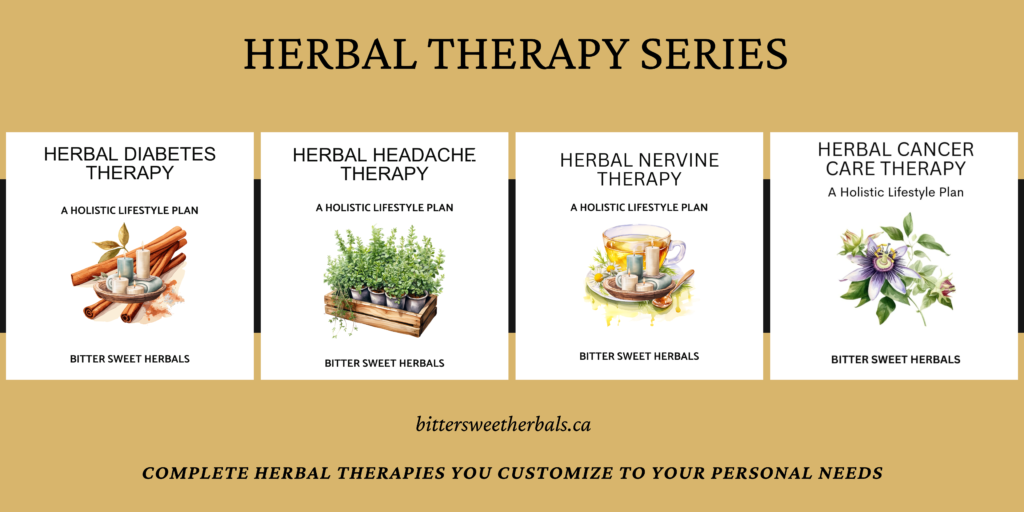Creating a Holistic Approach to Healing
While herbs are a powerful tool in your health regimen, their benefits are amplified when integrated into a broader healing strategy. A holistic approach that incorporates diet, exercise, and stress management creates an environment in which your body can truly thrive. By combining herbal remedies with these essential components, you provide your body with the comprehensive support it needs to heal, restore balance, and maintain well-being.
Diet and Nutrition: The Foundation for Herbal Efficacy
The food you eat plays a vital role in how effectively herbs work in your body. A nutrient-dense diet provides the essential vitamins, minerals, and nutrients that support your body’s healing processes, making herbs more effective when they’re incorporated. While herbs can address specific health concerns, they work best when the body is properly nourished.
Anti-inflammatory Diet: Combining herbs like turmeric, which has strong anti-inflammatory properties, with a diet rich in fruits, vegetables, and healthy fats can help reduce chronic inflammation. Anti-inflammatory foods, such as leafy greens, berries, nuts, and seeds, complement the action of herbs by providing antioxidants and other compounds that promote healing and protect your cells from damage.

Gut Health: Herbs like ginger, peppermint, and fennel are often used to support digestion. However, to fully optimize gut health, you’ll want to include prebiotic and probiotic-rich foods such as fermented vegetables, yogurt, or kombucha. These foods nourish your gut microbiome, helping digestion and absorption of nutrients, which in turn supports the effectiveness of digestive herbs.
Hydration: Staying hydrated is essential when using herbs, especially those that have diuretic or detoxifying properties like dandelion or nettles. Hydration helps flush toxins from the body, supports kidney function, and ensures that herbal teas and tinctures are properly absorbed.

Synergistic Foods: Certain foods can amplify the effects of herbs. For example, black pepper contains piperine, which enhances the absorption of curcumin, the active compound in turmeric. Adding a pinch of black pepper to dishes containing turmeric can make the herb significantly more bioavailable, boosting its anti-inflammatory effects.
By aligning your diet with the herbs you are using, you create a supportive nutritional environment that enhances their healing properties and maximizes the benefits they bring to your body.
Exercise: Enhancing Circulation and the Healing Process
Physical activity is another essential component of a holistic healing plan. Exercise promotes circulation, which helps transport nutrients and herbal compounds to cells throughout the body more efficiently. It also stimulates lymphatic flow, aids detoxification, and supports your body’s natural healing processes. Regular movement is essential for overall vitality and can directly enhance the effectiveness of herbal remedies.
Circulation and Herbal Delivery: Herbs that support circulation, such as ginkgo biloba or hawthorn, work even better when combined with regular physical activity. Exercise boosts blood flow, which allows these herbs to deliver oxygen and nutrients more efficiently throughout the body, particularly to areas that need healing or support.
Stress Reduction: Herbs like ashwagandha or rhodiola are adaptogens that help your body cope with stress. Exercise itself is a natural stress reliever, and when paired with these adaptogens, it creates a powerful synergy. Physical activities like yoga, tai chi, walking, or swimming can help lower cortisol levels and balance stress hormones, making herbs that support stress management even more effective.
Joint Health and Flexibility: If you’re using herbs like turmeric or boswellia to reduce inflammation and support joint health, incorporating low-impact exercises like swimming, cycling, or gentle stretching can enhance the herbs’ effectiveness. Exercise keeps the joints lubricated, reduces stiffness, and helps manage pain, allowing the anti-inflammatory herbs to work more efficiently.
Detoxification and Weight Management: Herbs that support detoxification, such as dandelion root or burdock, work hand-in-hand with exercise by promoting sweat and circulation, two natural detoxification pathways. Whether you’re doing cardiovascular exercises or practicing hot yoga, regular movement helps eliminate toxins and excess fluids from the body, which enhances the detoxifying effects of these herbs.
Mindfulness and Stress Management: Supporting the Nervous System and Emotional Balance
Managing stress is crucial to the healing process, as chronic stress can inhibit your body’s ability to recover and respond to treatment. Incorporating mindfulness practices like meditation, yoga, or deep breathing exercises complements the use of herbs by reducing the negative effects of stress and enhancing your body’s receptiveness to healing.
Nervous System Support: Herbs like chamomile, valerian, and skullcap are known for their calming effects on the nervous system. Pairing these nervines with mindfulness practices, such as meditation or breathing exercises, can amplify their ability to reduce anxiety and promote relaxation. A simple practice like 10 minutes of mindful breathing before bed, combined with a cup of chamomile tea, can help calm the mind and prepare you for restful sleep.
Balancing Stress Hormones: Adaptogens like ashwagandha or holy basil (tulsi) are used to support the body’s stress response, particularly in reducing cortisol levels. When combined with stress-reducing activities like yoga or journaling, these herbs can create a more profound effect on how your body handles stress. For example, practicing restorative yoga while taking ashwagandha may lead to greater reductions in cortisol levels and deeper relaxation than using the herb alone.
Emotional Well-being: Herbs that support emotional balance, such as St. John’s Wort or lemon balm, can be paired with practices like gratitude journaling or guided imagery to create a well-rounded approach to mental and emotional health. These mindfulness activities allow you to process emotions, release tension, and improve mood, creating a positive feedback loop that enhances the effects of mood-supporting herbs.

Deepening the Mind-Body Connection: Using herbs for stress management and emotional well-being is even more effective when paired with mindfulness techniques that help you connect with your body and emotions. Whether through guided meditation, body scans, or even spending time in nature, these practices allow you to tune into your body’s needs, facilitating deeper healing.
Holistic Healing Synergy: Enhancing the Benefits of Herbal Remedies
When herbs are used in conjunction with other healing practices—nutrition, exercise, and mindfulness—their benefits are significantly enhanced. This holistic synergy is about creating an environment where your body can heal and thrive on multiple levels. Each component of the plan supports the others, leading to more profound and sustainable results.
Herbal Synergy with Self-Care Practices: Imagine you’re addressing chronic inflammation. In this case, using turmeric for inflammation, eating an anti-inflammatory diet rich in omega-3s, practicing gentle yoga to reduce joint stiffness, and incorporating meditation to manage stress would create a powerful, holistic approach. The herbs help reduce inflammation, while diet provides the necessary nutrients for repair, exercise promotes circulation, and mindfulness helps manage the emotional impact of chronic pain.
Maximizing Healing Potential: This combined approach also ensures that no aspect of your health is neglected. For example, stress not only affects your mental state but can also cause digestive issues, weaken the immune system, and contribute to inflammation. By integrating mindfulness, a healthy diet, and regular exercise into your herbal plan, you address the root causes of stress and its physical manifestations, creating a more effective and comprehensive healing strategy.

Integrating herbs with other therapies creates a multi-dimensional healing approach that promotes overall well-being. By combining herbal remedies with a nutrient-dense diet, regular physical activity, and mindfulness practices, you provide your body with the tools it needs to heal from the inside out. This holistic approach not only amplifies the effects of herbs but also supports your body’s natural ability to heal and maintain balance in the long term.
My Approach To Using Herbal Therapies for Health Part 1
Creating a Personalized Herbal Therapy Plan Part 2
Fine Tuning Your Herbal Plan for Optimum Results Part 3
Creating a Holistic Approach to Healing – Part 4
Educate Yourself Continuously: The Key to Empowered Herbal Healing Part 5
A Structured Approach to Daily Wellness – Part 6 – Conclusion


